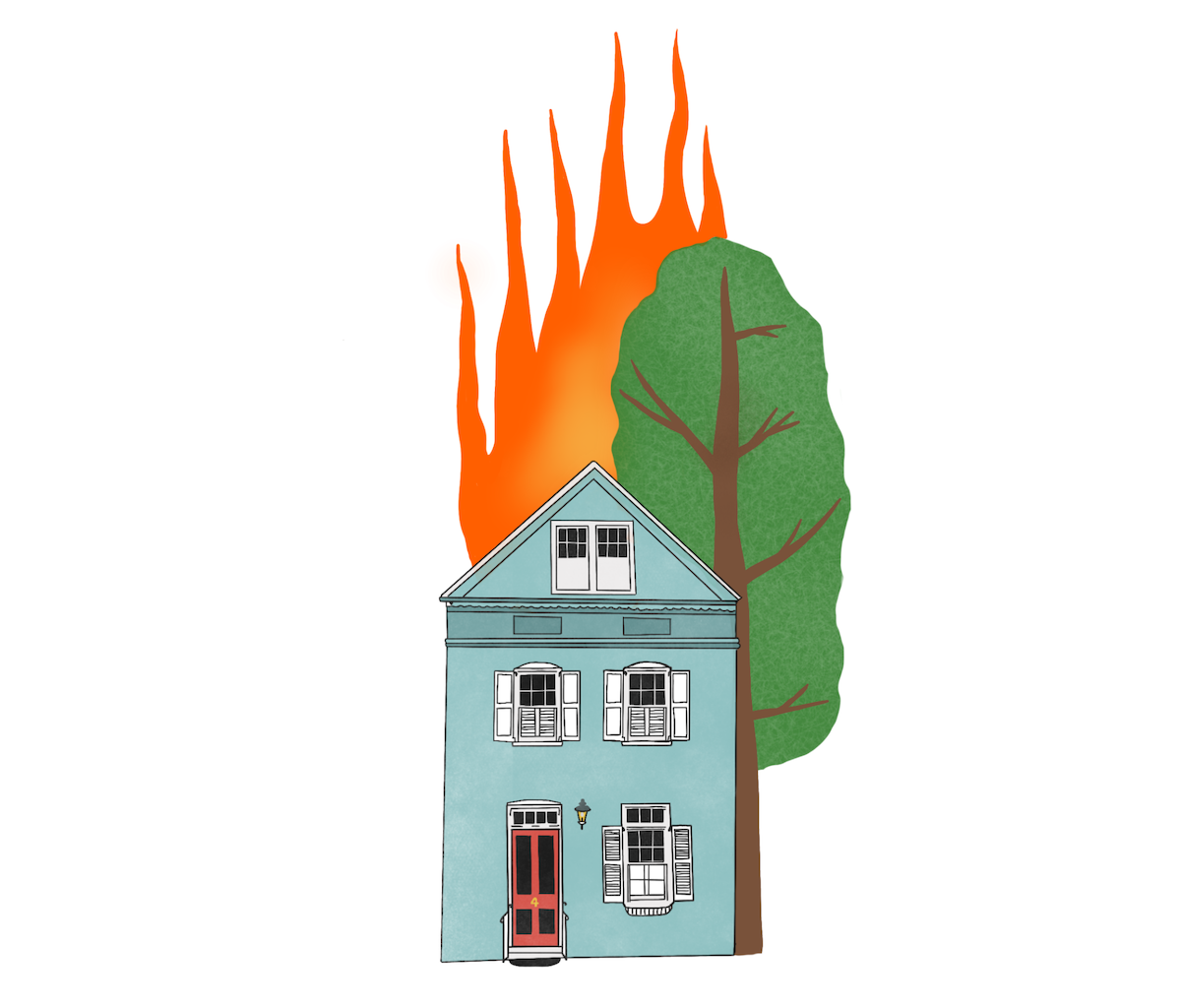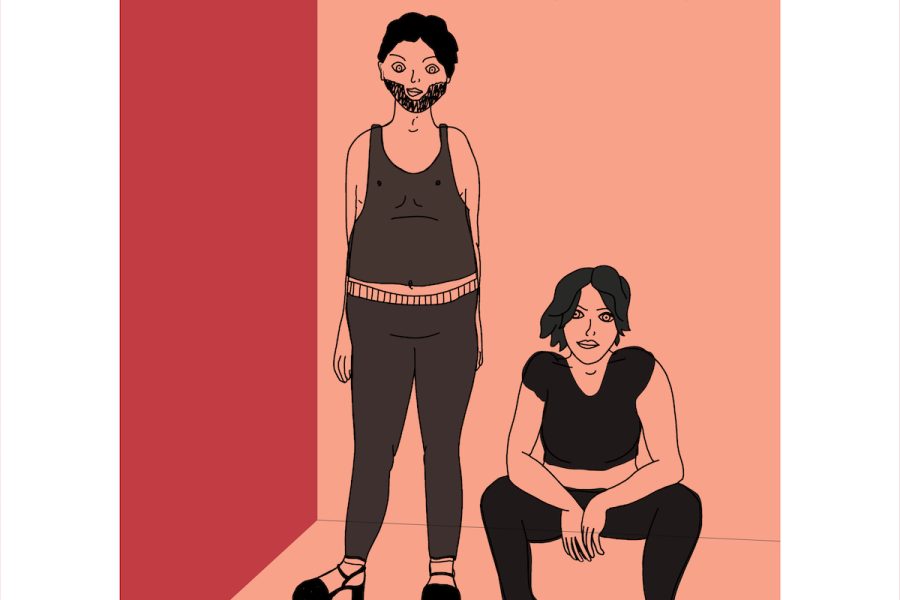2020 was an eventful year, with the new COVID-19 pandemic and the nationwide uprising for Black lives and police abolition after the murders of George Floyd and Breonna Taylor. In Sept. of that year, we Oregonians also faced poisoned skies choked by millions of acres of burning forest.
During this two-week period, the Portland and Salem areas had the worst air quality in the world with Air Quality Index readings literally off of the charts.
According to the Oregon Department of Emergency Management (OEM), at the end of that horrendous wildfire season over one million acres had burned, 40,000 Oregonians evacuated their homes with 500,000 more on an evacuation notice, 4,000 homes had been destroyed and their conservative estimate of the total costs for the wreckage was $380,228,948.
Since then, wildfires have only gotten worse across the west, with an unprecedented three-decade-and-counting megadrought—the worst in 1,200 years according to Earth Island Journal—and wildfire seasons ranging 40–80 days longer now than they did on average 30 years ago. That report reiterates the all-too-familiar fact that scientists have been warning us about for over 50 years—human-caused climate change is the major driver of these megadroughts and the increased destruction and volatility of wildfires.
Add the fire suppression policies the United States Forest Service have implemented for the past two centuries and we have a tinderbox surrounding us. The Indigenous people of these lands prior to settler colonialism have always recognized that fire is an indispensable part of the ecosystem. They applied this wisdom to steward these lands with controlled burns that helped reduce the severity of wildfires and at the same time increased the biodiversity across forests.
At the risk of sounding like a broken record, I have argued—and firmly believe—that the solution to the many crises facing Oregonians and the larger U.S. is to give these lands back to their rightful Indigenous stewards. We need to ask their permission to live upon them, as well as massively overhaul our whole economic and societal relationship with one another and nature, focusing on interdependence and mutual flourishing. Basically, we need to transition away from capitalism and attempt to make reparations and restitution for white supremacy and settler colonialism.
I am well aware that we are nowhere near the critical mass necessary for those changes.
Short of all of that, Oregon has taken some steps in an attempt to mitigate the danger wildfires pose. While protecting lives is a consideration, it seems that the primary concern—as always—is economic.
In 2021 the Oregon State Senate passed Senate Bill (SB) 762, which requires that any new building permits—including for upgrades to existing structures—would have to include fire-hardening measures. These measures require the use of fire-hardening materials for roofing and siding, as well as making sure trees and other fire risks are cleared away from the perimeter of built structures for all remodels or new building permits in areas of the high-risk map of the wildland urban interface.
The Oregon Department of Forestry has faced fierce outcry in response to the Oregon Wildfire Risk Explorer map commissioned through Oregon State University. “The agency has received 750 appeals from property owners who say they were mislabeled on the wildfire risk map and more than 2,000 comments,” OPB reported. “It has a backlog of 1,700 voicemails from the public that haven’t been heard because the forestry department staff is also working to fight several fires across the state.”
Homeowners in these high-risk zones are furious that these new classifications may mean lower property values and much higher homeowner’s insurance policies. The building and real estate industries have been resistant as well, arguing that these new codes create costs that are prohibitive. Once again, the motives of capitalism intercede to put profit before the lives of people and nature.
We have already been living with the alternative to maps like these and their attendant new building requirements. Not addressing these wildfire concerns will mean tax subsidized bailouts for the communities devastated by wildfires. You may recall how the 2020 OEM wildfire damage estimate was $380,228,948. The 2020 wildfire season was declared a disaster by the federal government, allowing federal funds to flow into the state for recovery—so where private insurance did not help survivors, our taxes did.
All things considered, I am not opposed to using our collective taxes for situations such as this. However, shouldn’t we get a democratic voice in consideration of building codes and where people should be able to build or rebuild based upon the risk factors? The private insurance industry often feels like a racket, but they do also face bankruptcy if too many extensive claims are filed from a major disaster—and we are certain to have many more major disasters in the years ahead as the climate catastrophe worsens.
We really need to face the structural issues underneath these disasters, such as exploiting ecosystems for profit, burning carbon-emitting poisonous fossil fuels for our energy “needs” and exploiting one another via capitalism, as well as the theft of these lands from the people who stewarded them for millennia. The original sins of our culture and society can’t be repaired with the bandages of a “more conscientious capitalism” or more prohibitive building codes in the thresholds where forests and human dwellings meet.
In the meantime, we will see how this battle plays out between the interests of rural Oregonian communities, the building and insurance industries and the officials who are elected to supposedly voice our collective democratic aspirations.






